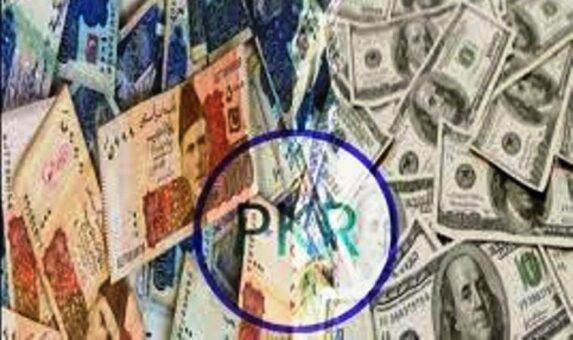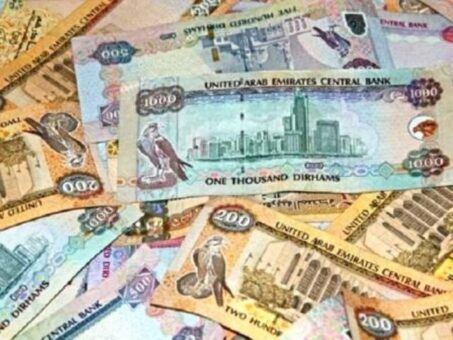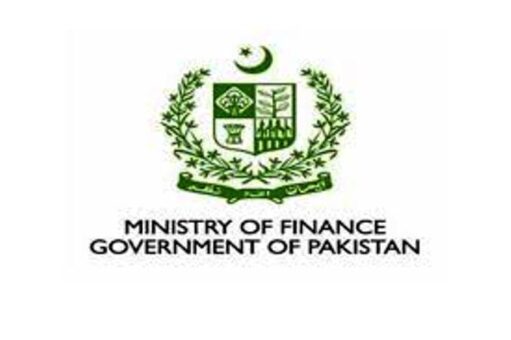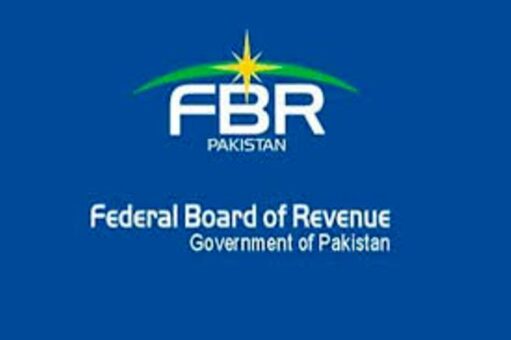Section 120 of the Income Tax Ordinance, 2001 explains the assessment on the taxpayer declaring the complete income tax return.
The Federal Board of Revenue (FBR) issued the Income Tax Ordinance, 2001 updated up to June 30, 2021. The Ordinance incorporated amendments brought through Finance Act, 2021.
Following is the text of Section 120 of Income Tax Ordinance, 2001:
120. Assessments.—(1) Where a taxpayer has furnished a complete return of income (other than a revised return under sub-section (6) of section 114) for a tax year ending on or after the 1st day of July, 2002,—
(a) the Commissioner shall be taken to have made an assessment of taxable income for that tax year, and the tax due thereon; and
(b) the return shall be taken for all purposes of this Ordinance to be an assessment order issued to the taxpayer by the Commissioner on the day the return was furnished:
Provided that until the date specified under the fourth proviso to sub-section (2A) is notified, this subsection shall be in force as if sub-section (2A) is not in operation:
Provided further that once the date under the fourth proviso to sub-section (2A) is notified, clauses (a) and (b) shall only apply when the provisions of sub-section (2A), if invoked, are first complied with:
Provided further once compliance is made under the second proviso,—
(i) the adjusted amount under sub-section (2A) shall be construed to be the tax payable and due under clause (a); and
(ii) the date of the compliance under sub-section (2A) shall be the date for the purposes of clause (b).
(1A) Notwithstanding the provisions of sub-section (1), the Commissioner may conduct audit of the income tax affairs of a person under section 177 and all the provisions of that section shall apply accordingly.
(2) A return of income shall be taken to be complete if it is in accordance with the provisions of sub-section (2) of section 114.
(2A) A return of income furnished under sub-section (2) of section 114 shall be processed through automated system to arrive at correct amounts of total income, taxable income and tax payable by making adjustments for-
(i) any arithmetical error in the return;
(ii) any incorrect claim, if such incorrect claim is apparent from any information in the return;
(iii) disallowance of any loss, deductible allowance or tax credit under Parts VIII, IX and X respectively of Chapter III; and
(iv) disallowance of carry forward of any loss under clause (b) of sub-section (I)of section 182A:
Provided that no such adjustments shall be made unless a system generated notice is given to the taxpayer specifying the adjustments intended to be made:
Provided further that the response received from the taxpayer, if any, shall be considered before making any adjustment, and in a case where no response is received within thirty days of the issue of such notice, adjustments shall be made.
Provided also that where no such adjustments have been made within six month of filing of return, the amounts specified in the return as declared by the taxpayer shall be deemed to have been taken as adjusted amounts on the day the return was filed and the taxpayer shall be intimated automatically through Iris:
Provided also that the provisions of this sub-section shall apply from the date notified by the Federal Board of Revenue in the official Gazette.
(3) Where the return of income furnished is not complete, the Commissioner shall issue a notice to the taxpayer informing him of the deficiencies (other than incorrect amount of tax payable on taxable income, as specified in the return, or short payment of tax payable) and directing him to provide such information, particulars, statement or documents by such date specified in the notice.
(4) Where a taxpayer fails to fully comply, by the due date, with the requirements of the notice under sub-section (3), the return furnished shall be treated as an invalid return as if it had not been furnished.
(5) Where, in response to a notice under sub-section (3), the taxpayer has, by the due date, fully complied with the requirements of the notice, the return furnished shall be treated to be complete on the day it was furnished and the provisions of sub-section (1) shall apply accordingly.
(6) No notice under sub-section (3) shall be issued after the expiry of one hundred and eighty days from the end of the financial year in which return was furnished, and the provisions of sub-section (1) shall apply accordingly.
For the purposes of this section,-
(a) “arithmetical error” includes any wrong or incorrect calculation of tax payable including any minimum or final tax payable.
(b) “an incorrect claim apparent from any information in the return” shall mean a claim, on the basis of an entry, in the return,-
(i) of an item, which is inconsistent with another entry of the same or some other item in such return;
(ii) regarding any tax payment which is not verified from the collection system; or
(iii) in respect of a deduction, where such deduction exceeds specified statutory limit which may have been expressed as monetary amount or percentage or ratio or fraction.
(Disclaimer: The text of the above section is only for information. Team PkRevenue.com makes all efforts to provide the correct version of the text. However, the team PkRevenue.com is not responsible for any error or omission.)









